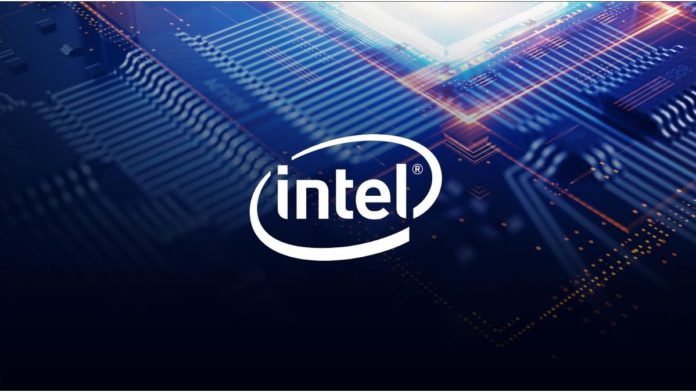DataRobot raises $300 million in its series G funding round and also announces its plans to acquire MLOP software developing startup Algorithmia. With this fresh funding, DataRobot’s market valuation has increased to $6.3 billion.
The company plans to use the funds to conduct research and enhance its augmented intelligence platform. The tech firm also mentioned that it wants to integrate Algorithmia’s sharp focus on model serving with DataRobot’s model management platform to provide low-cost model management services, including deep learning operations for natural language processing to its consumers worldwide.
Algorithmia developed an artificial intelligence platform that enables IT professionals to manage high-volume model production in a secure environment effectively and enables businesses to integrate MLOPs into their existing management platforms.
Read More: Toyota Unveiles a Basketball Playing Robot in Tokyo Olympics 2020
DataRobot will use Algorithmia’s expertise to develop industry-leading MLOP infrastructures for its customers.
The CEO of DataRobot, Dan Wright, said, “This new investment further validates our vision for combining the best that humans and machines have to offer to power predictive insights, enhanced data-driven decisions, and unprecedented business value for our customers.”
He further added that the company’s demand is increasing on a global scale, and they are grateful to the investors for supporting them in developing better solutions.
Algorithmia is a Washington-based startup founded by Diego Oppenheimer and Kenny Daniel in the year 2014. It has received a total funding of $38.1 million from investors like Gradient Ventures and Mandora Venture Group.
Co-founder and CEO of Algorithmia, Diego Oppenheimer, said, “t’s been clear to us for many years that DataRobot shares this philosophy, and we’re thrilled to combine our dedication of enabling customers to thrive in today’s market by delivering more models in production, faster while protecting their business.”
He also mentioned that they understand the importance of increasing their customer reach to let organizations know the value of their machine learning model. Diego believes that this acquisition will be a step forward towards their goal.











